Review
I’ve been having quite a bit of fun with my colleagues over the past few months whenever the opportunity to get one of them behind the wheel of the DS 4 arises.
My joy comes from asking them to perform basic tasks like opening a window or switching on a heated seat. The DS 4 has stylish and design-led interior layout, which makes it a really nice place to be. But the switchgear and some of the basic functions have proved tricky to find.
In a previous report (see below) I noted there is a small touchscreen in the lower centre console that seemingly had no function. Well, after a bit more investigating, I found that it’s actually used for some quick access functions via the main touchscreen. You have to configure it first, choosing which features you want to be able to control. Then you simply press and hold on the lower screen and the pre-set functions will appear as icons in the upper display. To choose one you simply slide your finger in the direction of said icon, using the lower display.
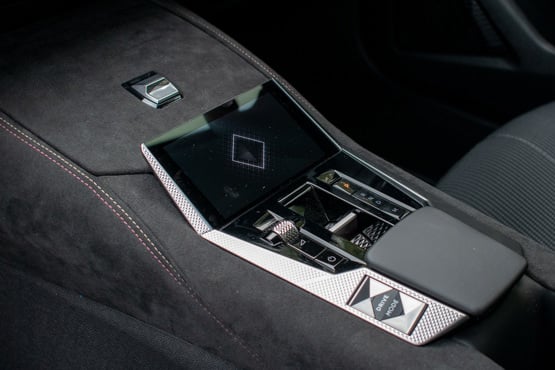
Is the setup as good as a rotary controller, or Peugeot’s configurable quick-access touch display? No. But at least it does make finding certain functions easier.
One colleague struggled to find the heated seat controls on a 15-minute journey. If you don’t have them programmed for quick access you need to go in via the climate control menu then into a sub-menu. We’d all prefer some switches!
The central touchscreen can also be reconfigured to suit the driver’s preference. There’s an array of different widgets and screen options. If you spend long enough messing about you can probably achieve a useful arrangement. But it would be easier if DS just provided a more user-friendly interior layout.
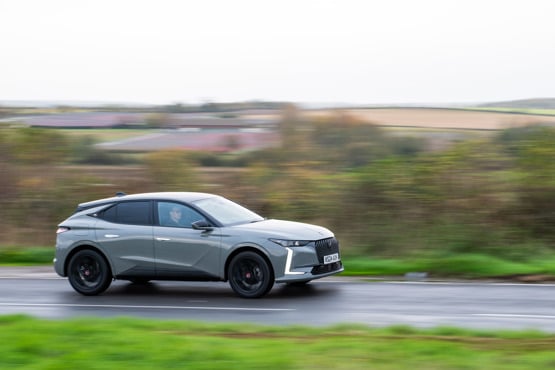
After a few months behind the wheel, there’s a mixed view of the DS 4. It definitely looks and feels more exclusive than its Stellantis counterparts – the Citroen C4, Peugeot 308 and Vauxhall Astra.
It drives well too. Aside from the sluggish transmission, we’ve enjoyed our time in the car. Fuel economy hovers in the low-to-mid 40s, which is in-line with our expectations.
When you crunch the numbers, however, the PureTech petrol DS 4 just doesn’t offer a compelling enough package, as a company car, to sit above its premium rivals like the Audi A3 and BMW 1 Series.
Running costs compared
DS has clear intentions to rival the premium market offerings in the mid-size car segment with its DS4, but in order to win over fleets the costs have to stack up,
Pricing puts it squarely in the crosshairs of the Audi A3 and BMW 1 Series, both of which have recently been updated.
The DS4 PureTech 130 has a P11d value of £32,470. Audi’s A3 Sportback 30 TFSI S Line, with an automatic gearbox, costs £32,475 and the BMW 120 M Sport is £32,800.
When it comes to running costs, the DS falls behind it key rivals with an estimated 48p per mile over a typical four year (80,000 mile) cycle. The BMW is the most cost-effective, with a running cost of just 42ppm, while the Audi costs 44ppm.
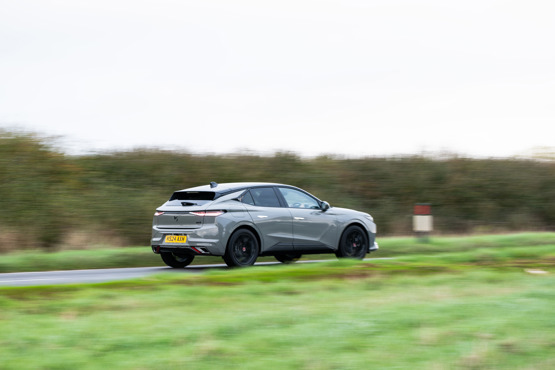
Depreciation hits the DS the hardest, with an estimated residual value of £9,450 at the end of term. The 1 Series will be worth an impressive £13,200 after the same period, while the Audi has a residual value of £11,500.
Leasing rates will therefore be most favourable for the BMW.
Drivers will also pay the least benefit-in-kind tax (BiK) if they choose the 120. Official CO2 emissions of 122g/km place it in the 29% BiK band, which equates to monthly company car tax bills of £158 for a 20% taxpayer.
The A3 will set drivers back by £160 per month, as it sits in the 30% BiK band with CO2 emissions of 127g/km.
Once again, the DS4 proves the most expensive with monthly tax bills of £173. This is the result of its higher 138g/km CO2 emissions figure, placing it in the 32% BiK band.
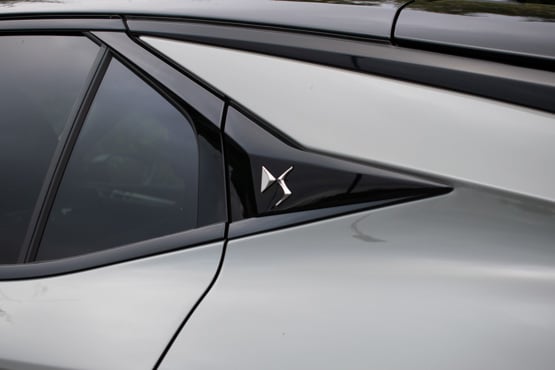
The DS does claw back some credibility when you compare the standard specification of all three cars. On the DS4 you get keyless entry, adaptive cruise control, all-round parking sensors, a reversing camera, heated front seats, a heated steering wheel and LED matrix headlights all as standard.
Both the Audi and BMW require additional option packs, pushing their respective list prices higher.
The DS4 also looks more distinctive and incorporates neat details like the motorised flush-fit door handles and large LED daytime running lights.
Great looks, clunky gearbox
After a month behind the wheel of our DS 4, first impressions remain positive. The car really stands out when parked among drab-looking rivals. I particularly like the large daytime running lights that mirror the ‘S’ in DS.
On the inside, the interior is very plush. It feels like a much more upmarket car than the price tag suggests.
I particularly like the way the window switches and centre console buttons are integrated into the panels, looking as much like design features as they do actual controls.
All the touchpoints feel great too, with a higher quality finish to much of the components than we’re used to from Stellantis brands.
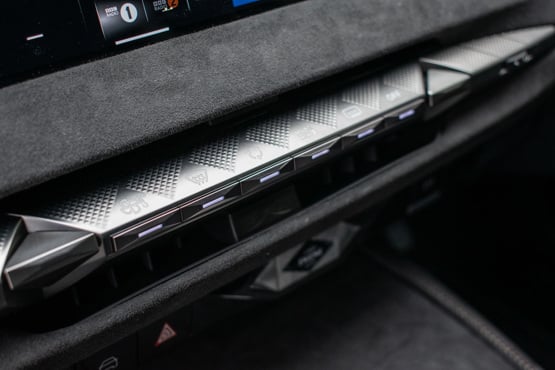
The infotainment screen is neatly integrated into the dashboard and uses a high-resolution display. It’s pretty easy to use with a physical ‘home’ button next to screen that makes exiting the menus straightforward.
Theres a second touchscreen mounted in the centre console that can be used for quick access to your preferred functions. I have to admit, at first glance I had no idea what it was for as the screen just displays a diamond all the time. I’ll dig out the manual, set it up properly and report back next time!
With 1,000 miles covered, the DS 4 is reporting average consumption of 37mpg. I’d have hoped for slightly higher, although a lot of recent trips have been in stop-start traffic and around town. On the motorway it’s more happy to crack 40mpg.
Performance isn’t bad either. It feels pretty responsive for a small engine, although the gearbox is indecisive and a bit clunky. It’s no match for the DSG unit used in VW group cars.
Nonetheless, I’ve been enjoying my time in the DS 4. It rides well, has good sound insulation and is extremely comfortable.
DS 4 PureTech 130 Performance Line joins our fleet
DS is a marque with a lot of heritage, albeit one that only became a standalone brand in 2014.
It all started in 1955 with the innovative Citroen DS – a car that is still highly regarded today. Later came the Citroen DS3 hatchback, which successfully revived the DS name as a segment best-seller.
The current DS line-up utilises Stellantis underpinnings and shared powertrains, but with a degree of French luxury flair to set them apart.
The DS 4 sits in the C-segment, sharing its base with the Peugeot 308 and Vauxhall Astra. It’s quite a bit different to those cars, however, with bespoke styling and an upmarket interior.
From any angle the DS 4 is eye catching. It’s got some really neat styling cues, such as the flush-fitting chrome door handles and intricate light cluster design.
The line-up includes petrol, diesel, hybrid and plug-in hybrid powertrains. All DS 4s have automatic transmissions.
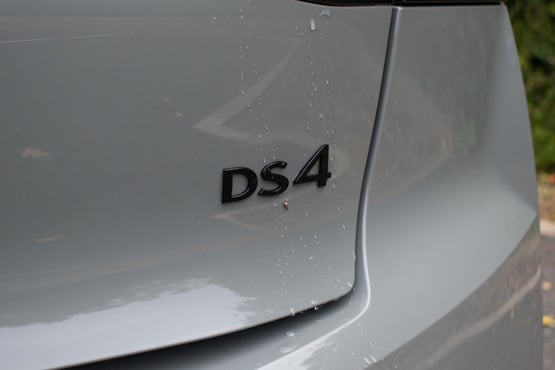
Our car is fitted with the entry-level 130PS PureTech petrol motor. In Performance Line trim, it costs £32,840. Comparatively, that’s a little more than an Audi A3 S-Line.
DS does provide a generous level of standard equipment, which includes Alcantara upholstery, heated front seats, adaptive cruise control, keyless entry, LED headlights, parking sensors and a reversing camera.
Company car drivers will face a 32% benefit-in-kind (BiK) tax charge for the DS 4 PureTech, owing to its CO2 emissions of 138g/km.
Opting for the new Hybrid powertrain, which starts at £33,535, reduces the BiK rate to 28%. The E-Tense plug-in hybrid, meanwhile, sits in the 12% banding, although prices start north of £40,000.
The engine itself is a 1.2-litre three-cylinder that is shared among numerous Stellantis models. It’s paired, here, with an eight-speed automatic transmission and gives a 0-62mph acceleration time of 10.4 seconds. Fuel consumption, according to WLTP, is 41 – 48mpg.
Matt has been an automotive journalist for nine years and has driven just about every new car and van that's on sale. As content editor - vehicles he is responsible for the automotive content on Fleet News and also contributes to Automotive Management. Prior to this, Matt worked in the automotive industry for 10 years.


Specs
| Manufacturer | Ds |
| Model | DS 4 Hatchback |
| Specification | Ds DS 4 Hatchback 1.2 PureTech Performance Line Nav 5dr EAT8 |
| Model Year | 2024.00 |
| Annual VED (Road tax) | £540 |
| BIK List Price | £32,470 |
| CO2 | 138g/km |
| BIK Percentage | 33% |
| Insurance Group | N/A |
| CC | 1,199 |
| Fuel Type | Petrol |
| Vehicle Type | Medium car |
| Luggage capacity (Seats up) | 430litres |
| Doors | 5 |
Running Costs
| P11D | £32,470 |
| Cost per mile | 53.10ppm |
| Residual value | £11,050 |
| Insurance group | N/A |
| Fuel Type | Petrol |
| Cost per mile | 173.83ppm |
| Fuel | 13.00ppm |
| Depreciation | 156.25ppm |
| Service maintenance and repair | 4.58ppm |
Rivals
Info at a glance
-
P11D Price
£32,470
-
MPG
48.6 (WLTP) -
CO2 Emissions
138g/km -
BIK %
33% -
Running cost
3 Year 60k : £11,050 4 Year 80k : £9,000 -
Fuel Type
Petrol

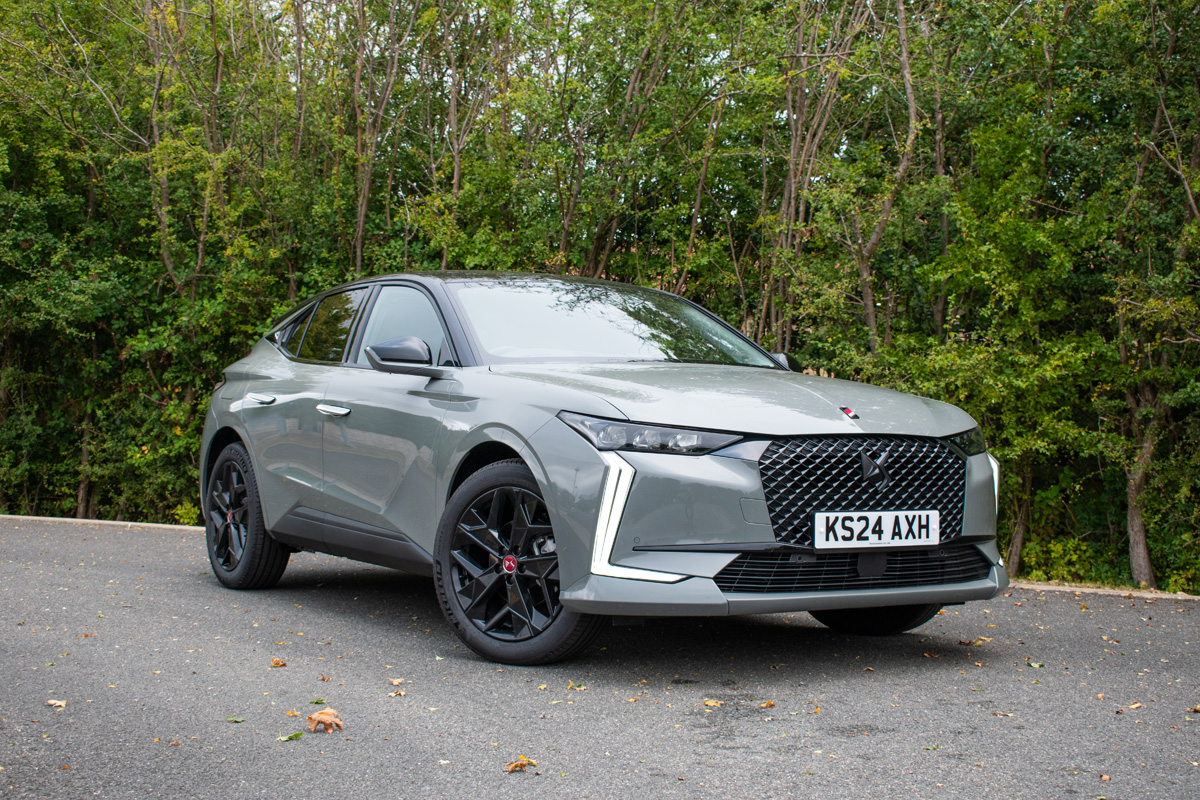
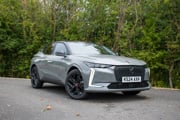
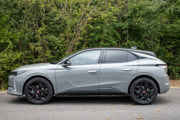
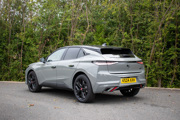

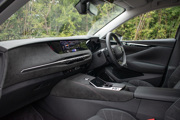
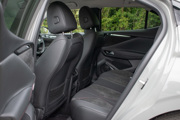

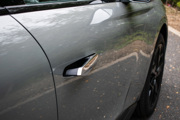
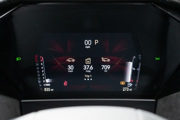
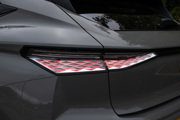
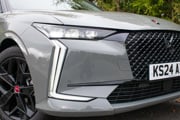
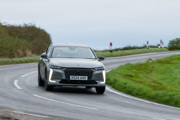
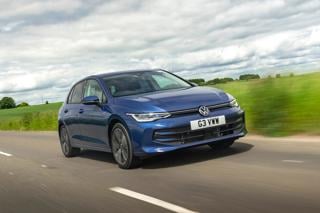

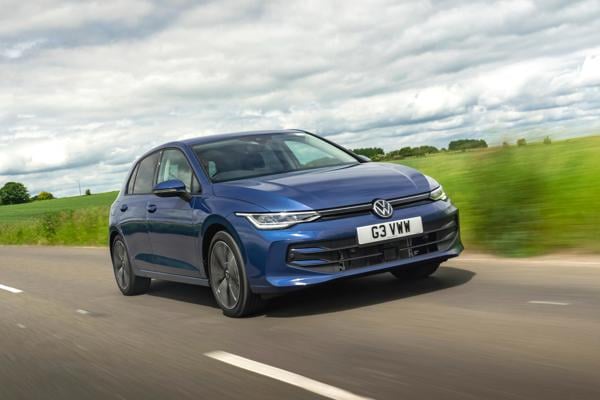
 Petrol
Petrol
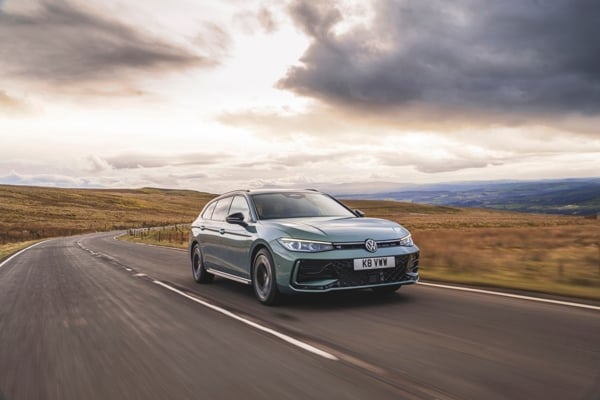
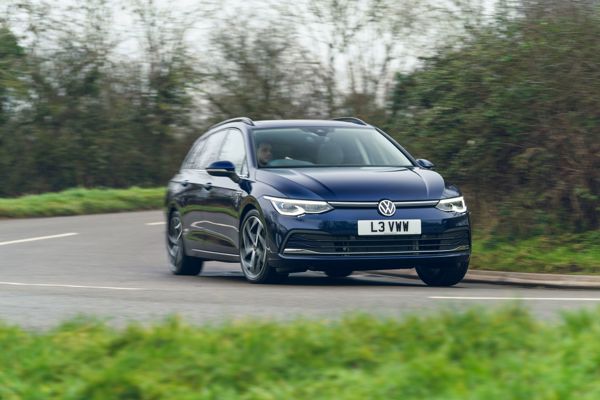
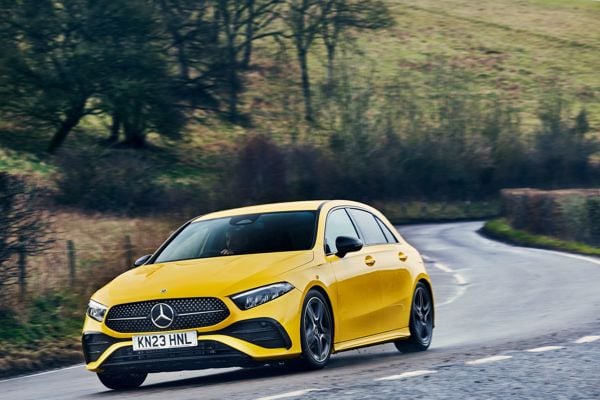
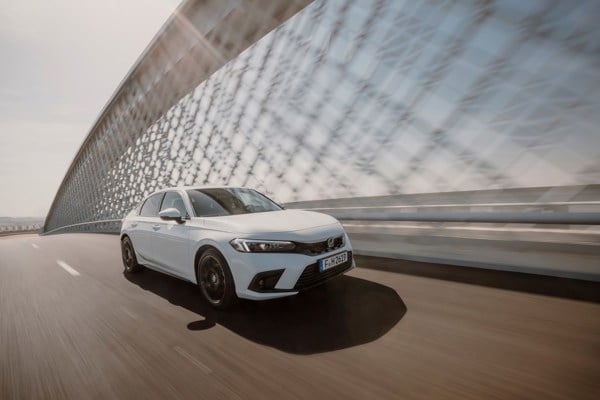
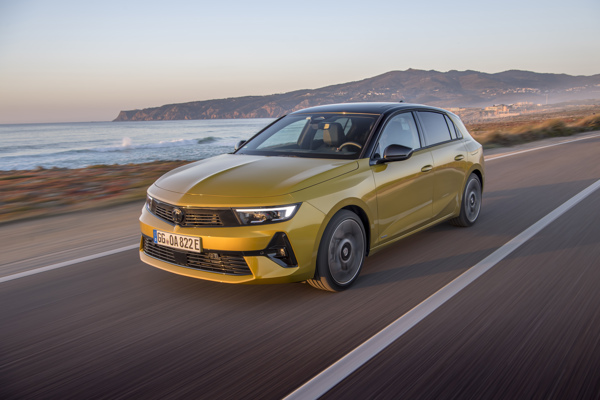
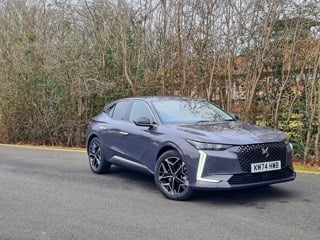
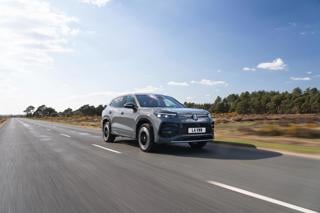
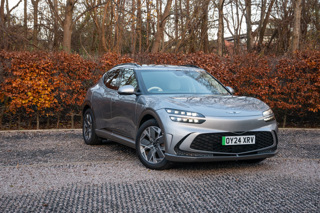
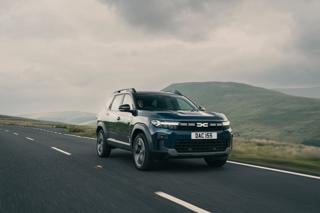
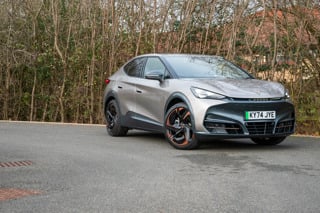



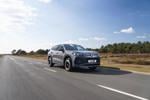







Login to comment
Comments
No comments have been made yet.